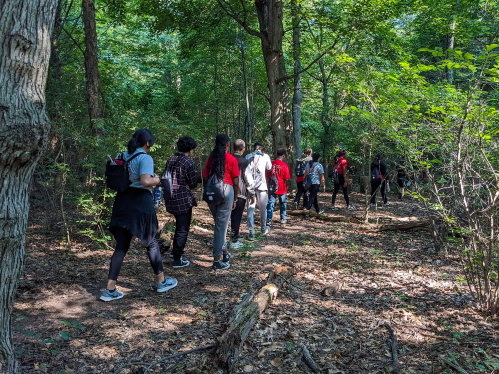
All-America Selections Garden
Installed along the back border of the Donald B. Lacey Display Garden, All-America Selections (AAS) plants are featured annuals and perennials that were grown from seed, rigorously tested, and recognized by AAS as the best in their categories. Look for the AAS Winners signage to denote these plants when the display garden is in bloom.














